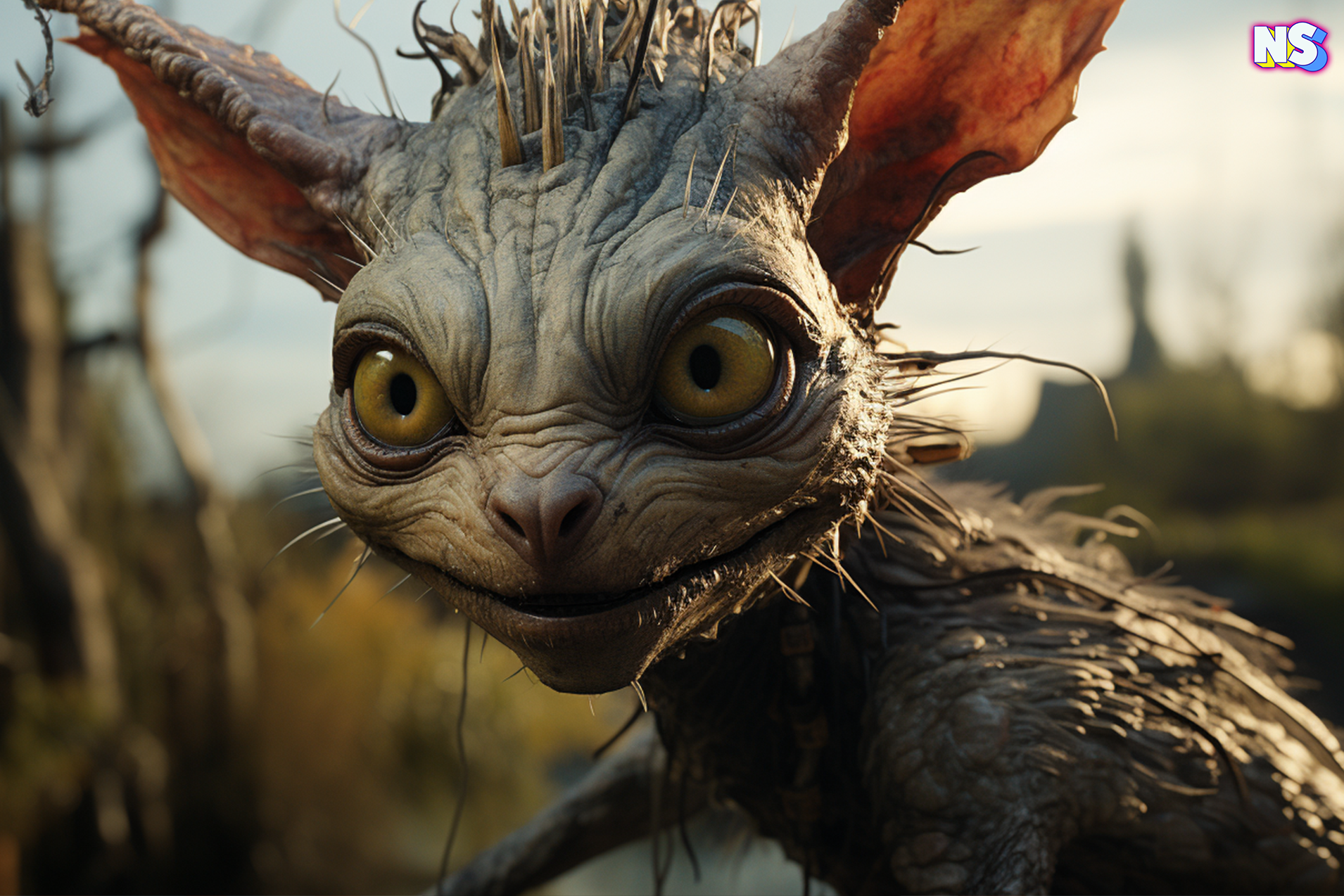In the world of cryptids, where myth and reality collides, few creatures are as mysterious and notorious as the chupacabra. From movies and TV shows to video games to books (including Stephen King’s best-selling 2018 novel The Outsider), the creature’s name alone evokes fear and fascination.
But what is this enigmatic beast? And does it truly stalk the night in search of blood?
In honor of the spookiest time of the year, we attempt to unmask the legend of the chupacabra.
Exploring the Mythical Creature that Haunts the Night
The legend of the chupacabra originates from the heart of Latin America, with its roots firmly planted in Puerto Rico.
According to the tales, the monster visits farms under the cover of darkness and drains the blood from unsuspecting livestock. In some versions, it leaves behind only a couple of small puncture wounds on its victims.
The name “chupacabra” is a combination of the Spanish words chupar (‘to suck’) and cabra (‘goat’), which is literally translated to ‘goat-sucker.” “As a fearsome but probably nonexistent creature, the chupacabra has been characterized as the southern equivalent of the Sasquatch,” the encyclopedia Brittanica explains.
Making its debut only in recent history (much later than its legendary cousin, the vampire), the Chupacabra is a newcomer in the world of bloodsucking creatures.
"When I grew up on a farm in Puerto Rico in the 1980s, we heard about creatures that went after goats and small animals, like a vampire,” Frank Gonzalez tells Nuestro Stories. "People who didn't believe in the chupacabra said that some sort of big bats were killing the farm animals. … As a little kid, I didn't know what to believe."
The first “official sighting” of a Chupacabra was domented in 1995, in Puerto Rico, when the monster was accused of launching attacks on goats, sheep, and other farm animals, with the strange twist that the victims' lifeless bodies were discovered mysteriously drained of their blood.
“No actual specimens were found, and skeptics suggested that ‘witnesses’ may have been influenced by the Hollywood science-fiction horror film Species (1995), which features a monster of similar appearance,” Britannica writes.
According to Canada’s McGill University’s Office for Science and Society, a Puerto Rican woman, Madelyne Tolentino, said she and her mother saw the monster in front of their house in Canóvanas, Puerto Rico.
“A local UFO enthusiast drew a picture based on her description and the myth spread, earning the nickname of chupacabra from a local comedian and getting popularized on a successful, Oprah-like Spanish-language television show called El Show de Cristina," McGill University explains. "But what exactly had Madelyne seen?”
With the help of the Cristina show, and mainstream media, the myth of the chupacabra spread. Over the years, reports of Chupacabra sightings have emerged from Mexico to the United States, from Chile to Russia, making it a global phenomenon. In each region, the creature's appearance and habits vary, demonstrating the malleability of this cryptid's story.
Now even Princeton University, in New Jersey, has a timeline tracking the chupacabra sightings, going back to the 1970s up to modern day.
Finding the Chupacabra: Legends, Lore, and Reality
Cryptozoologists, scientists who study unknown or hidden animals, have found little to support the existence of the chupacabra. Most reported chupacabra sightings can be attributed to more conventional explanations, like predators, diseases, or even wild dogs. In essence, the legend of the chupacabra may be a fascinating case of folklore and mass hysteria.
"It still looks like a coyote, just a really sorry excuse for a coyote," Kevin Keel, of the Southeastern Cooperative Wildlife Disease Study at the University of Georgia, tells National Geographic. "I wouldn't think it's a chupacabras if I saw it in the woods, but then I've been looking at coyotes and foxes with mange for a while. A layperson, however, might be confused as to its identity."
However, hundreds of initial reports of the chupacabra from Puerto Rico in the 90s specifically described an “uncanine” creature. These early accounts described the chupacabra as an upright creature, resembling a large reptilian kangaroo, complete with enormous red eyes, an image that haunted the imagination.
"In 1995 chupacabras was understood to be a bipedal creature that was three feet tall and covered in short gray hair, with spikes out of its back," Loren Coleman, director of the International Cryptozoology Museum in Portland, Maine, told National Geographic.
Coleman cites another theory linking an escaped troop of rhesus monkeys on the island of Puerto Rico, which often stand up on their hind legs (and appear two-legged).
"There was a population of rhesus monkeys being used in blood experiments in Puerto Rico at the time, and that troop could have loose," Coleman explained, adding: "but it doesn't mean it explains the whole legend."
While concrete evidence proving the creature's existence remains elusive, its legacy persists. And, in the end, the chupacabra may be nothing more than a cryptid born from the depths of our collective fears and imaginations.
Real or legend, this creature is not likely to release its grip on our nightmares anytime soon (especially during the spookiest of seasons).





